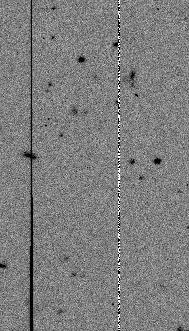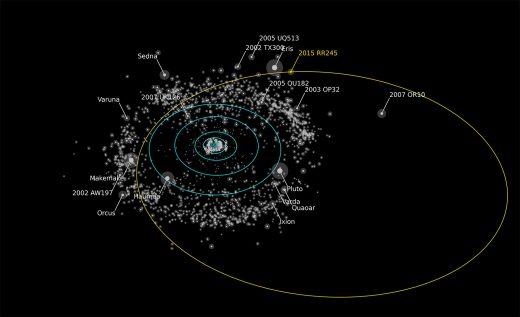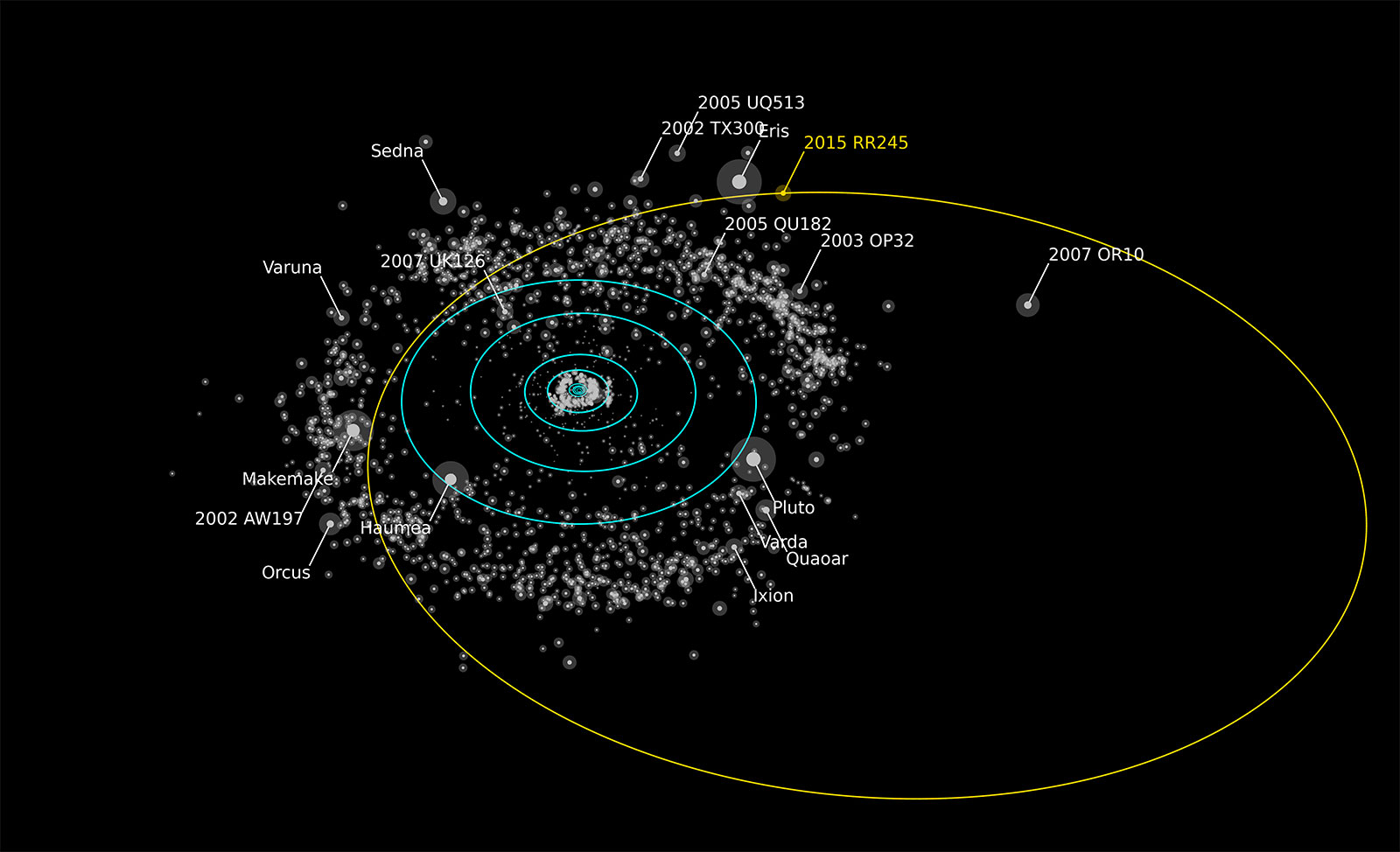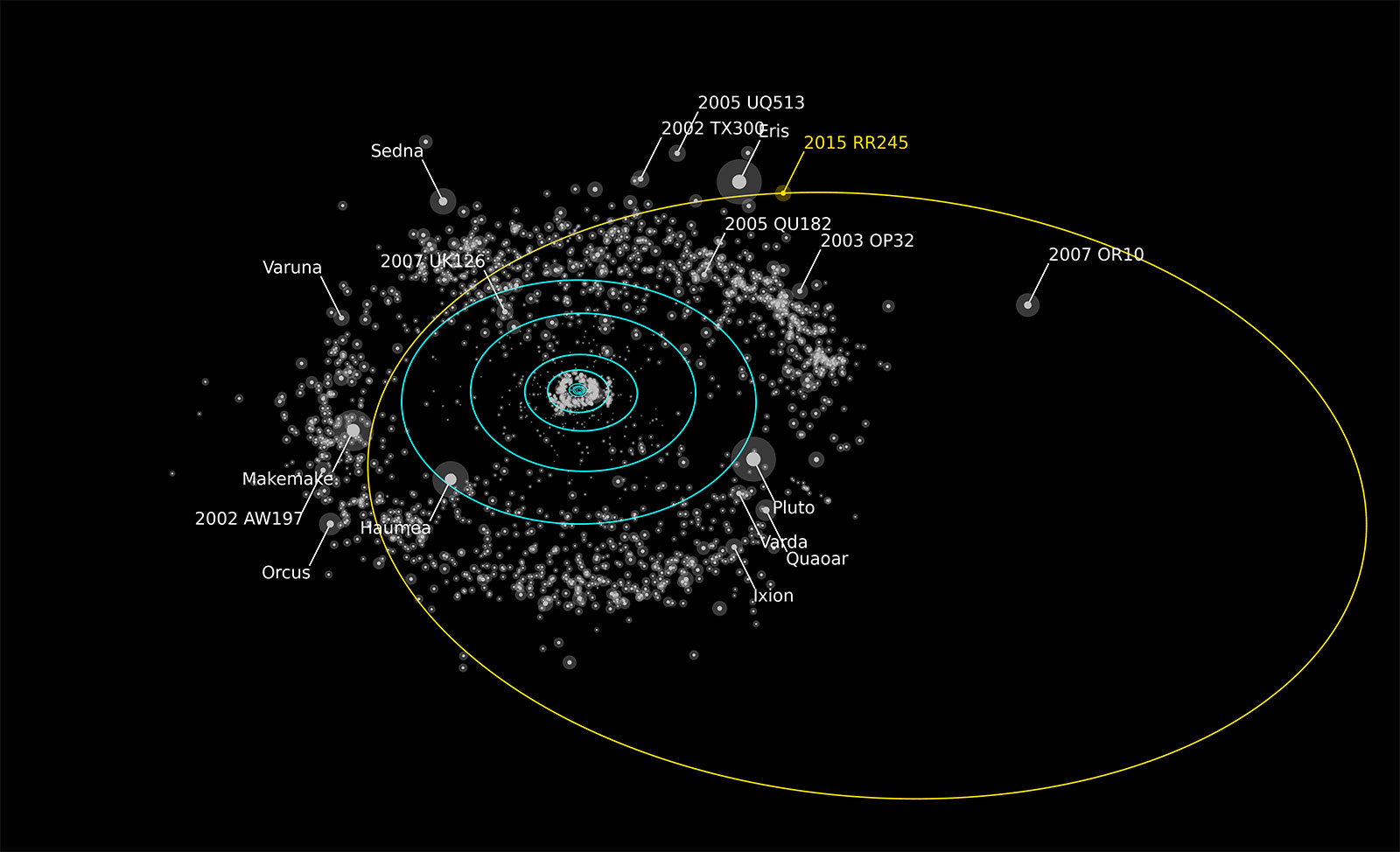Hawaiian telescope spots a new dwarf planet beyond Neptune
Just beyond Neptune lies a ring of small, icy worlds that offer insight into the formation of our Solar System, and scientists using the Canada-France-Hawaii Telescope on Maunakea, Hawaii, just discovered a new dwarf planet in this region that rivals Pluto and Eris in visibility. It’s called RR245 and in this case, size matters — many of the worlds in the farthest reaches of the Solar System are too small and dull for Earthbound scientists to study. Basically, when it comes to post-Neptune dwarf planets, the bigger and brighter, the better.
Here’s how Dr. Michele Bannister, a postdoctoral fellow with the Outer Solar System Origins Survey (the group that discovered RR245) explains it: “The icy worlds beyond Neptune trace how the giant planets formed and then moved out from the Sun. They let us piece together the history of our Solar System. But, almost all of these icy worlds are painfully small and faint: It’s really exciting to find one that’s large and bright enough that we can study it in detail.”
The new dwarf planet has a remarkably large orbit; it’s at least twice as far from the sun as Neptune is, and more than 120 times farther than Earth’s orbit. While RR245 is more visible than most other worlds beyond Neptune, its exact size is unknown. Either it’s large and dull, or it’s small and shiny, scientists say.
Its exact path around the Sun is still up in the air, too — it takes roughly 700 years for RR245 to complete its orbit and we’ve only monitored it for one year. Researchers will study RR245 and map out its orbit more precisely over the coming years, after which it will be given a proper name.

(17)
















